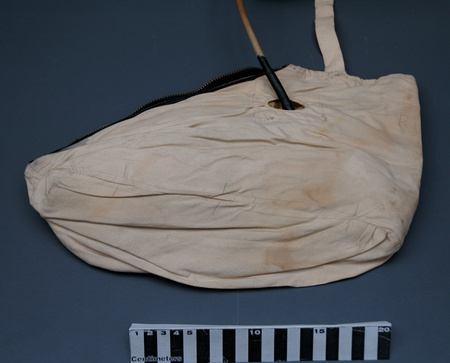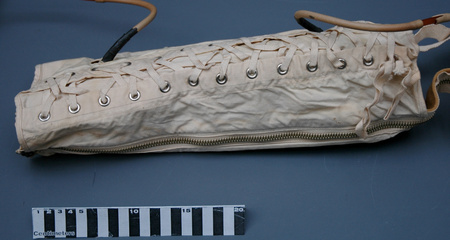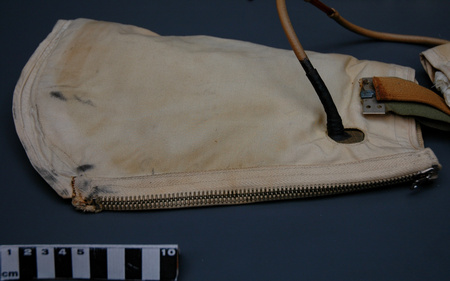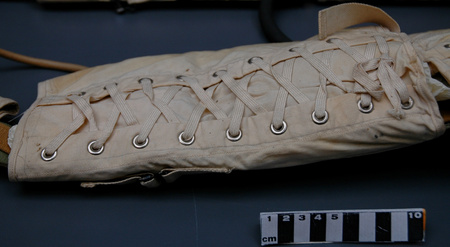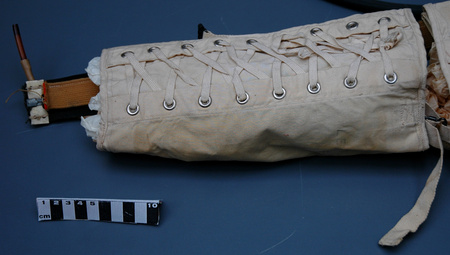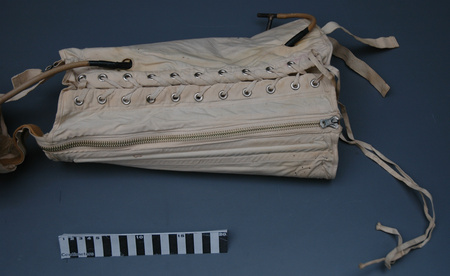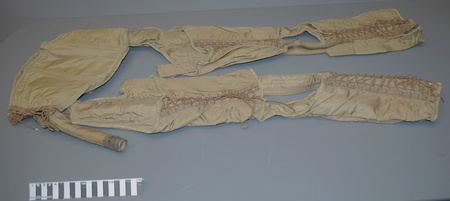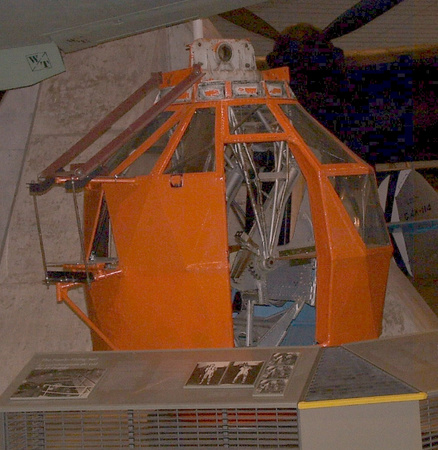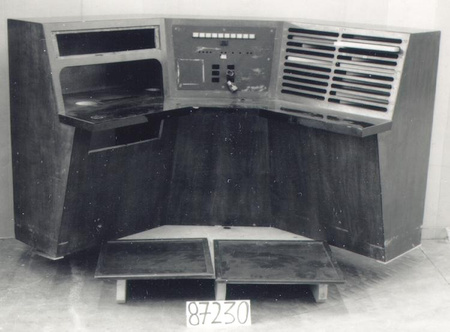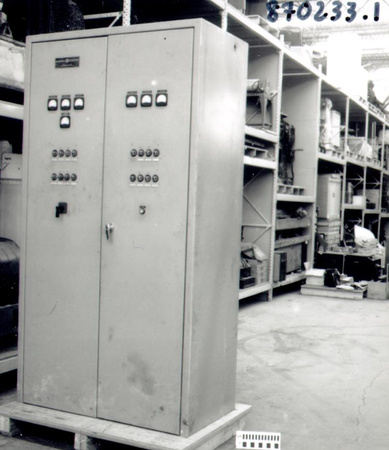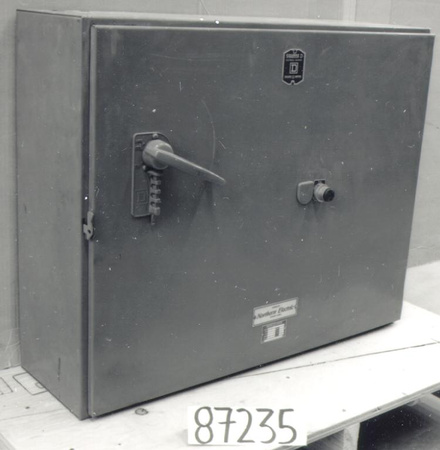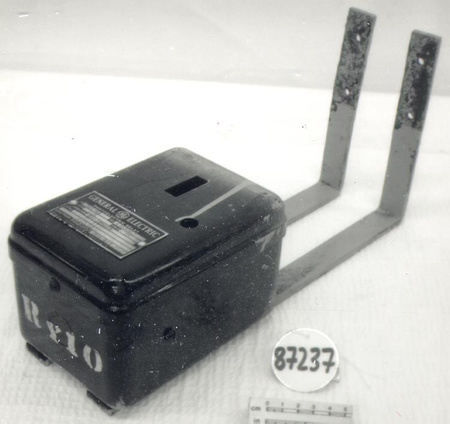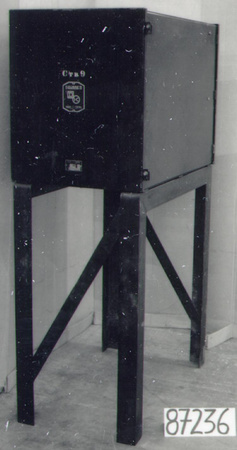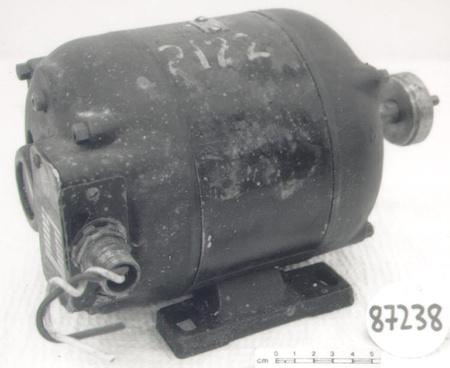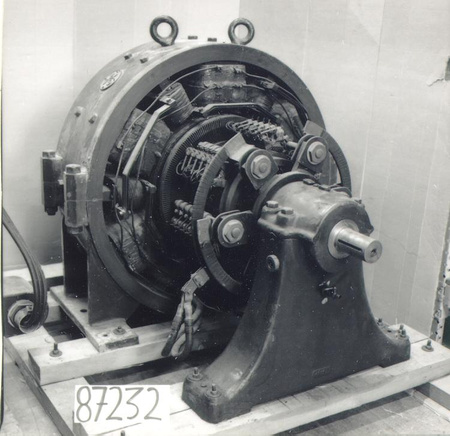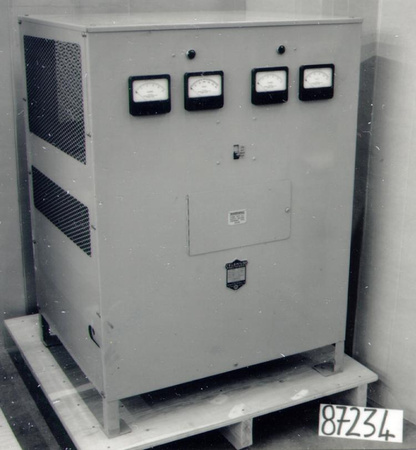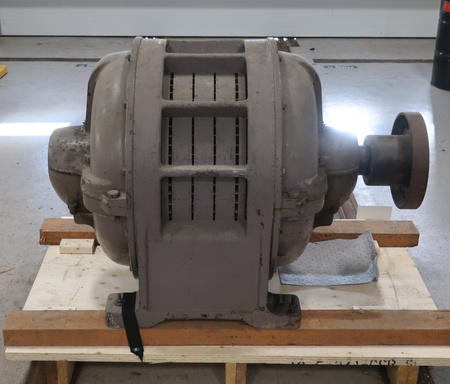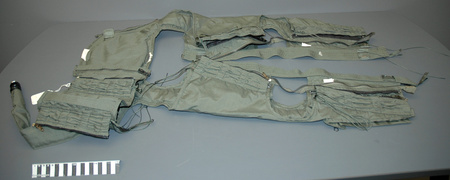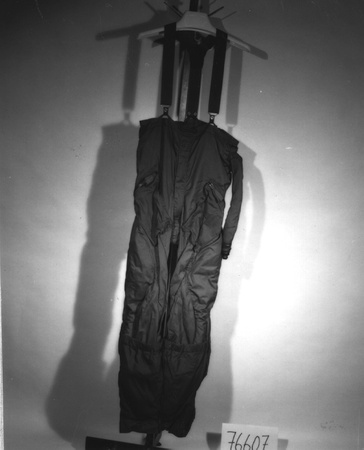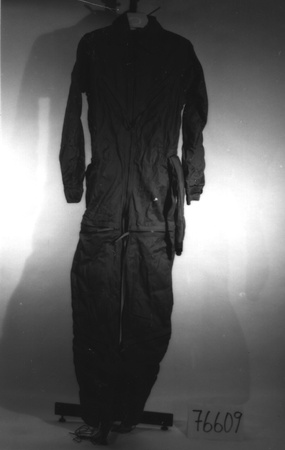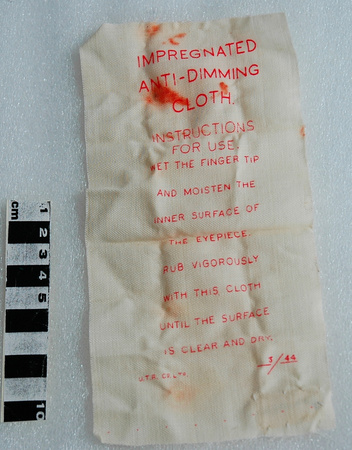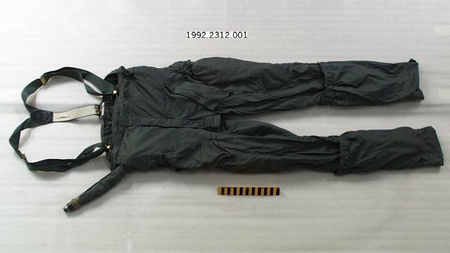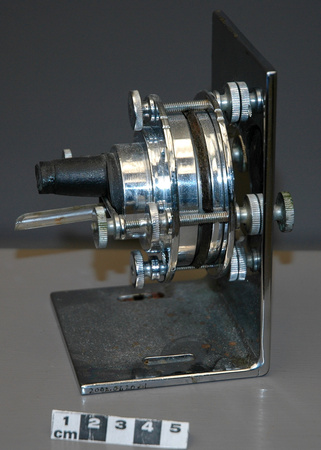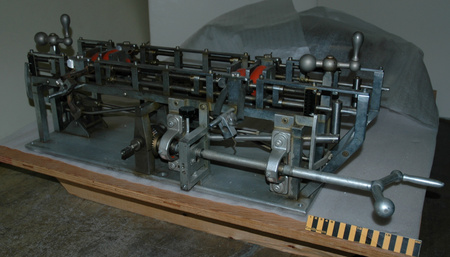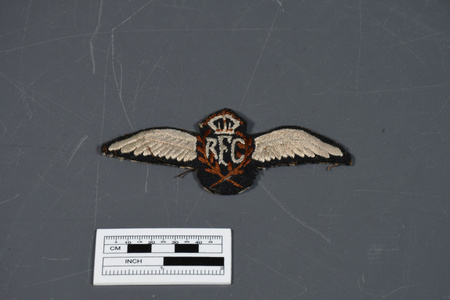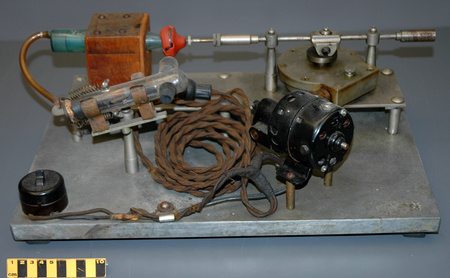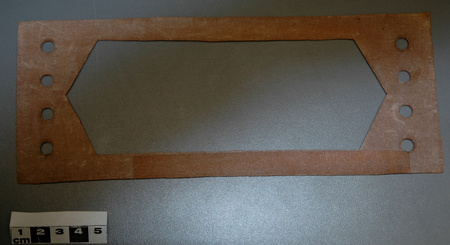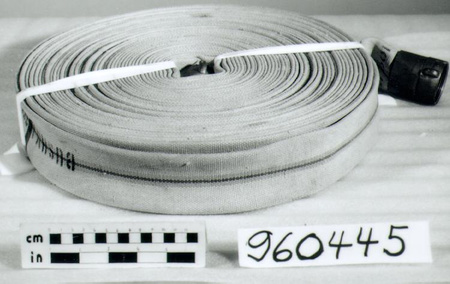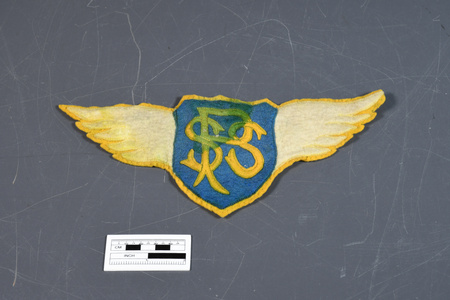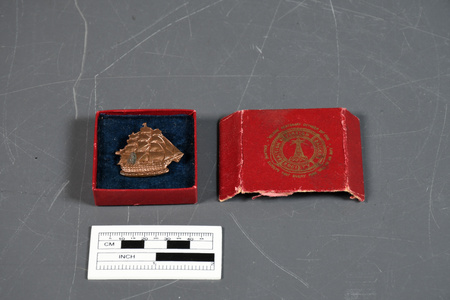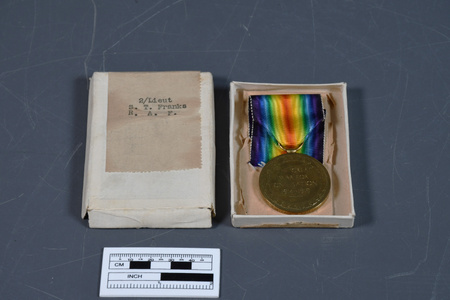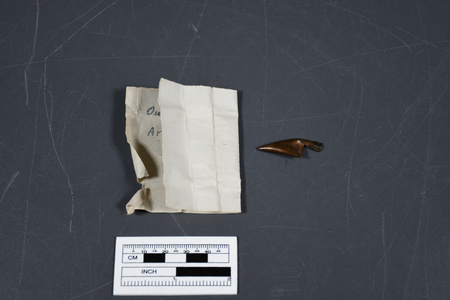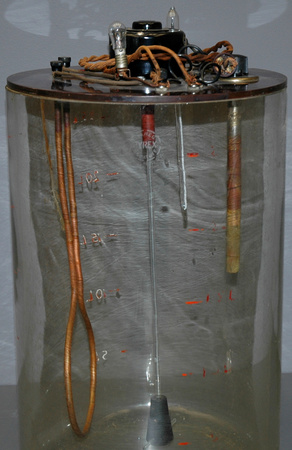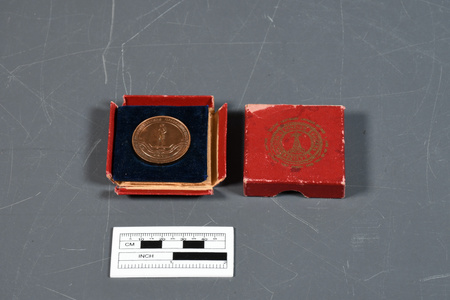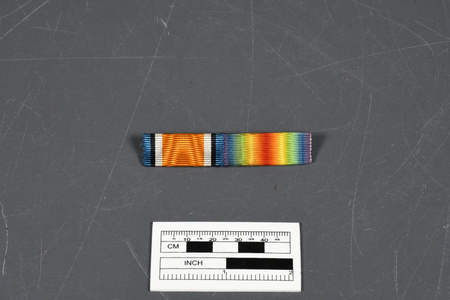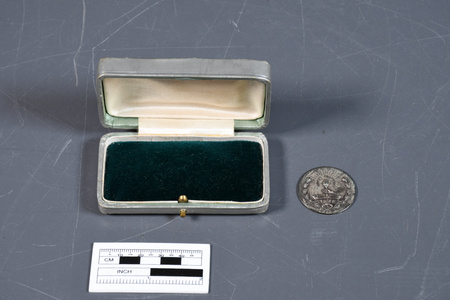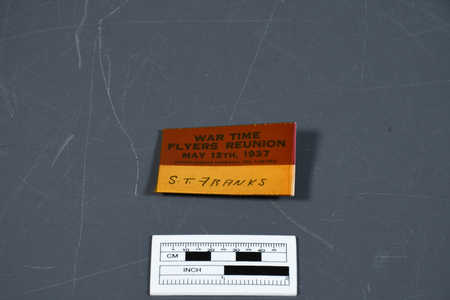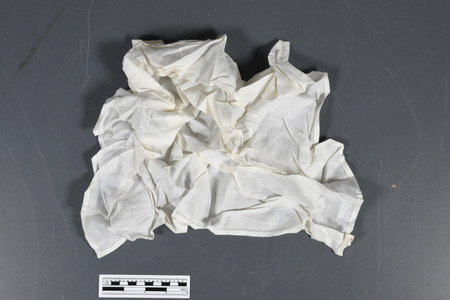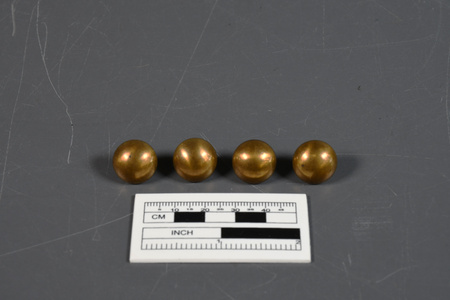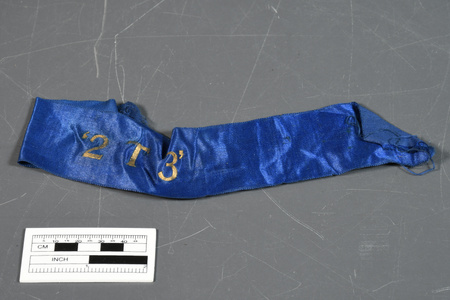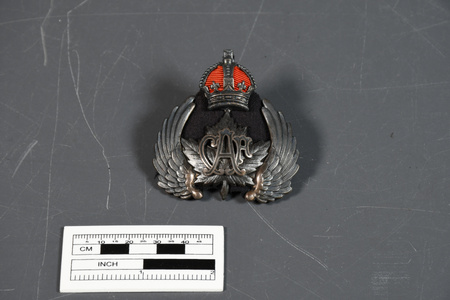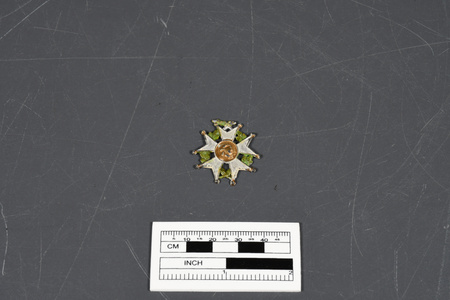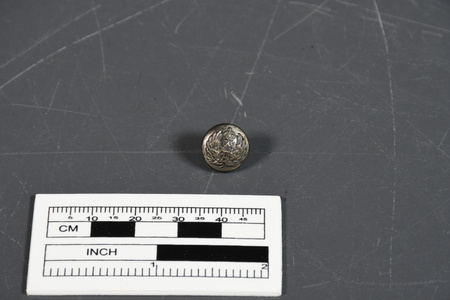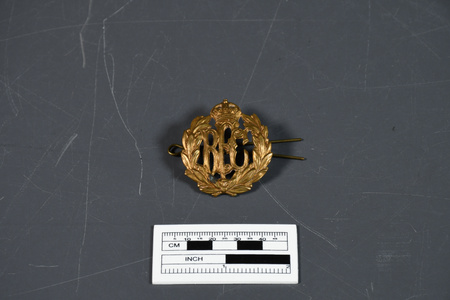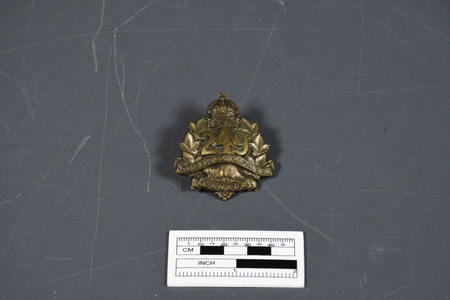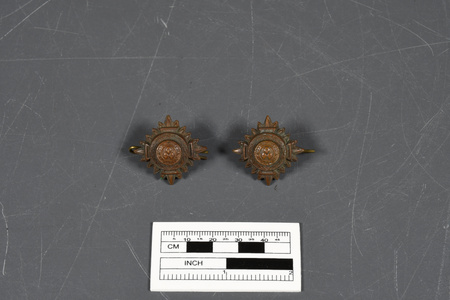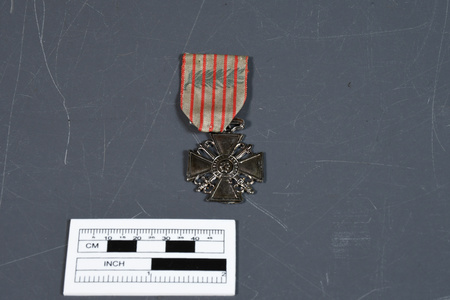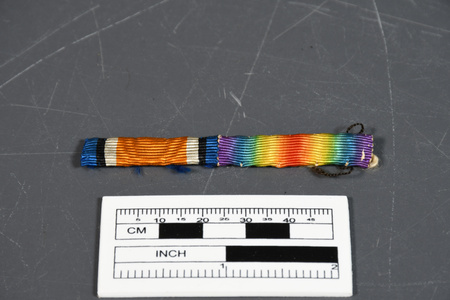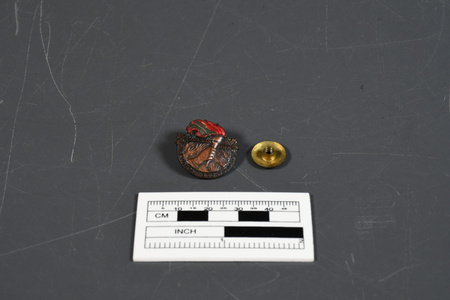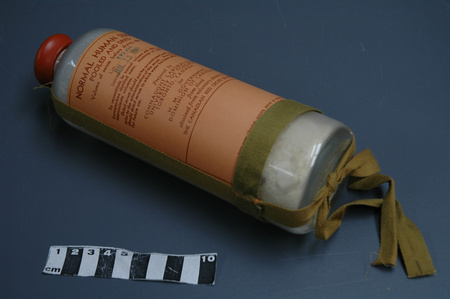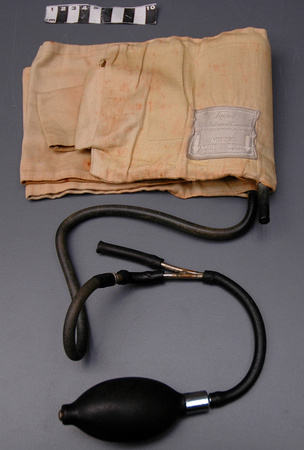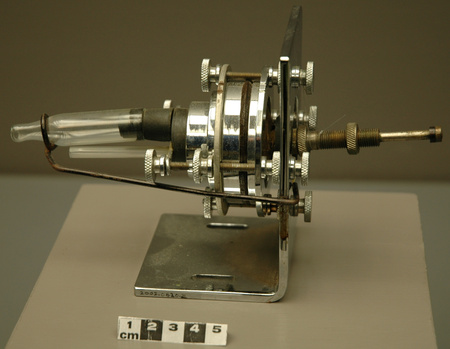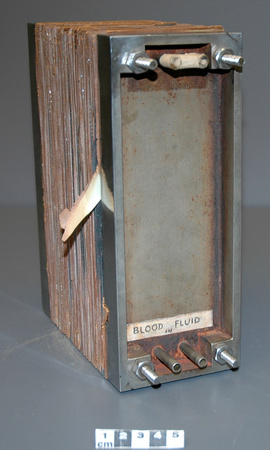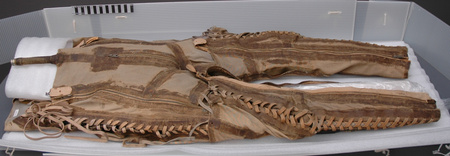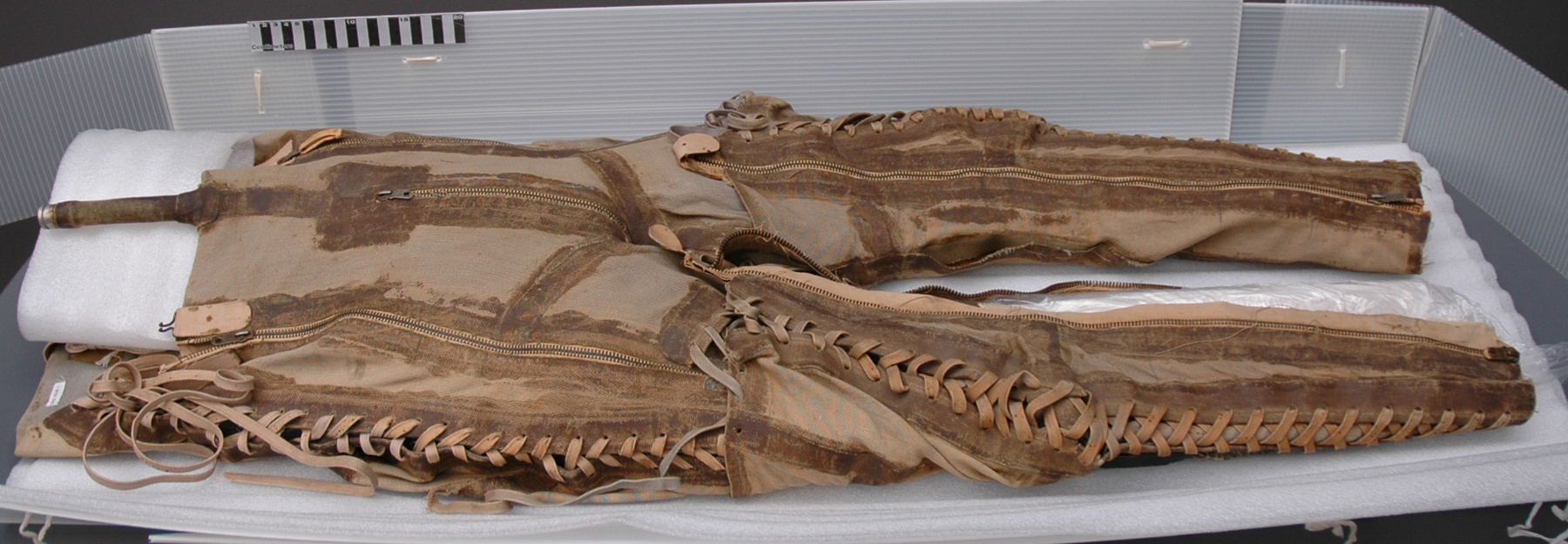Suit, anti-G
Use this image
Can I reuse this image without permission? Yes
Object images on the Ingenium Collection’s portal have the following Creative Commons license:
Copyright Ingenium / CC BY-NC-ND (Attribution-NonCommercial 4.0 International (CC BY-NC 4.0)
ATTRIBUTE THIS IMAGE
Ingenium,
2002.0608.001
Permalink:
Ingenium is releasing this image under the Creative Commons licensing framework, and encourages downloading and reuse for non-commercial purposes. Please acknowledge Ingenium and cite the artifact number.
DOWNLOAD IMAGEPURCHASE THIS IMAGE
This image is free for non-commercial use.
For commercial use, please consult our Reproduction Fees and contact us to purchase the image.
- OBJECT TYPE
- half-suit/hydraulic
- DATE
- 1940
- ARTIFACT NUMBER
- 2002.0608.001
- MANUFACTURER
- University of Toronto
- MODEL
- F.F.S. III
- LOCATION
- Toronto, Ontario, Canada
More Information
General Information
- Serial #
- prototype 2
- Part Number
- 1
- Total Parts
- 1
- AKA
- Franks suit
- Patents
- N/A
- General Description
- fibre [cotton, silk and/or linen], rubber and metal components.
Dimensions
Note: These reflect the general size for storage and are not necessarily representative of the object's true dimensions.
- Length
- 116.0 cm
- Width
- 43.0 cm
- Height
- 12.0 cm
- Thickness
- N/A
- Weight
- N/A
- Diameter
- N/A
- Volume
- N/A
Lexicon
- Group
- Aviation
- Category
- Clothing
- Sub-Category
- N/A
Manufacturer
- AKA
- University
- Country
- Canada
- State/Province
- Ontario
- City
- Toronto
Context
- Country
- Canada
- State/Province
- Ontario
- Period
- This model suit used c. 1940 [possibly for testing purposes only]
- Canada
-
Dr. W.R. Franks, Professor in Medical Research, University of Toronto was a leader in aviation research work conducted in Canada during the late 1930s-1940s on problems associated with acceleration. Among his accomplishments in the field, Franks developed an anti-G suit (the " F.F.S."] which applied pressure to the calves, thighs and abdomen to prevent pooling of the blood in the veins of these areas, and supported the increased pressure developed in the arterial bed of the same regions. This prevented blackouts and unconsciousness, and delayed the onset of fatigue- critical problems for pilots subjected to centrifugal force during aerial manoeuvrers. [Ref. 6] This [and other versions of the F.F.S.] required testing in a controlled and reproduceable environment. For this purpose, a "human centrifuge", the R.C.A.F. accelerator was designed and constructed. [see 1987.0229 and 1976.0529]. [Ref. 5] This appears to be the suit [in it's early manufacture] described by Franks as having been "vulcanized", rather than sewn, in order to avoid weakening the fabric.This second prototype suit was tested by RAF Wing Commander D'Arcy-Greig, flying Spitfire L1090 June 1-5, 1940. [Ref. 8, p. 11] The first prototype suit [2002.0613] was constructed of thin cotton and made to fit Franks himself . [Ref. 6, p.114] - Function
-
To prevent pooling of the blood in the veins of the abdomen and extremities. - Technical
-
The Mark III F.F.S. was the first anti-G suit to be used in actual air operations anywhere in the world. It demonstrated the value and practicality of anti-G suits, which lead to further development of the technology and later versions of the Franks suit. This model (F.S.S. III) used a water-filled inner lining, exploiting "Pascal's Principal" which held that suspending a subject in any fluid of the same specific gravity would provide G protection. The suit's simple design allowed for rapid duplication: it's effectiveness was independent of the aircraft, allowing pilots to bail out of a damaged aircraft without first having to disconnect an air-inflated suit from it's air source. Of additional benefit was the suit's inherent buoyancy, and the week's worth of drinking water it could provide to a pilot downed at sea. [Refs. 4-6] - Area Notes
-
Unknown
Details
- Markings
- None evident, save UHN catalogue no. "X978.29.19" printed by hand on off-white fabric tape label sewn inside waistband, and "978.29.19" printed by hand in white ink on metal fitting on inflation tube protruding from top front edge of waistband.
- Missing
- Fairly complete- please see UHN condition report, c. Dec. 1985. [in Supp. Info. file 2002.0608].
- Finish
- Tan fabric exterior [cotton or linen canvas]; tan cotton [?] laces; metal zippers, zipper pulls and minor fittings; rubber reinforcements on seams, rubber tubing and inner lining; silk jersey outer lining.
- Decoration
- N/A
CITE THIS OBJECT
If you choose to share our information about this collection object, please cite:
University of Toronto, Suit, anti-G, circa 1940, Artifact no. 2002.0608, Ingenium – Canada’s Museums of Science and Innovation, http://collection.ingenium.ca/en/id/2002.0608.001/
FEEDBACK
Submit a question or comment about this artifact.
More Like This
